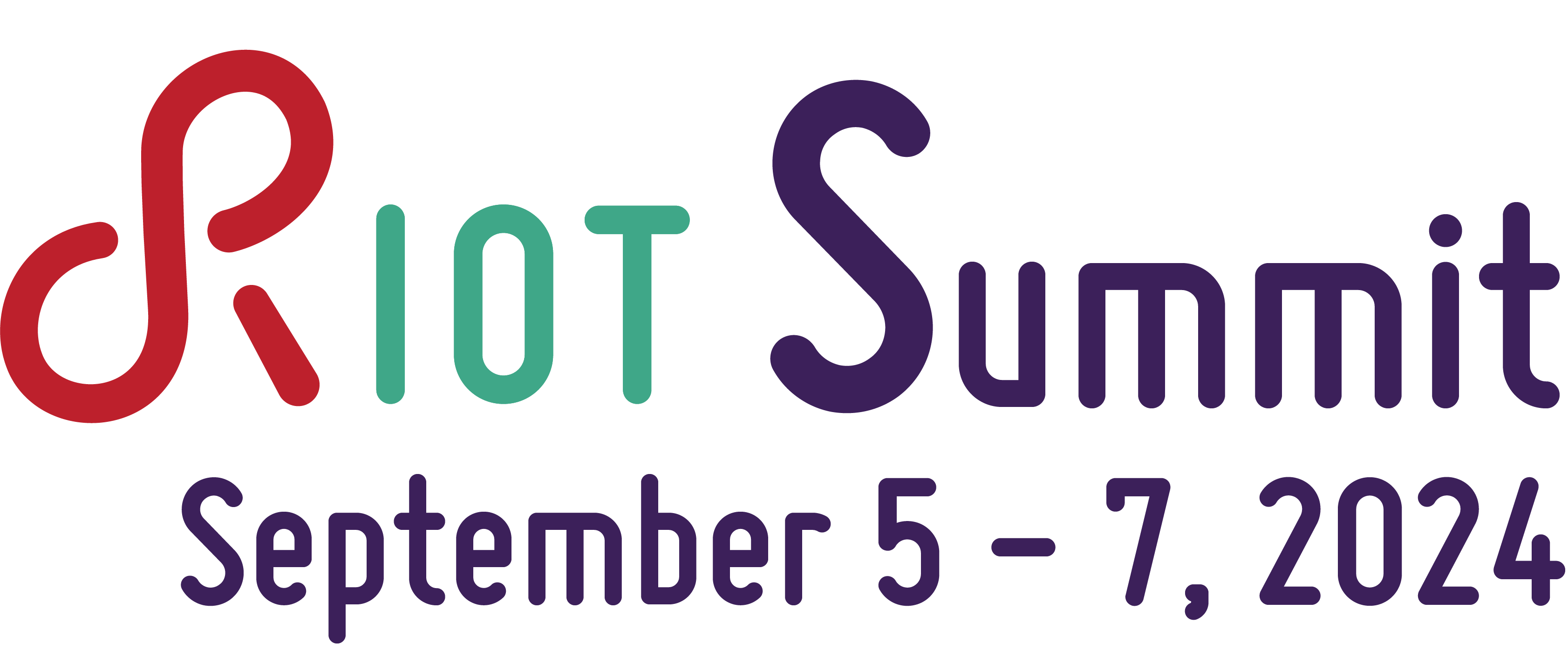Hannes Tschofenig (University of Applied Sciences Bonn-Rhein-Sieg)
Title:
Is Remote Attestation Relevant for Embedded Devices?
Biography:
Hannes Tschofenig contributes to global standards in order to make the Internet more secure. Over the past 20 years, he has been actively involved in the IETF, contributing to more than 90 RFCs focused on security, privacy, and various Internet protocols. Hannes has also co-chaired several IETF working groups, including SCITT, OAuth, ACE, KEYPROV, DIME, and ECRIT. From 2010 to 2014, he served as a member of the Internet Architecture Board (IAB), an IETF committee. Recently, Hannes became a professor at the University of Applied Sciences Bonn-Rhein-Sieg in Germany.
Abstract:
Trusted Execution Environments (TEEs) are increasingly integral to modern security, providing a protected space for cryptographic key storage and sensitive code execution. These environments enable critical functions such as secure boot, encryption services, and secure storage, typically accessible through a narrow, well-defined interface for use by operating systems and applications.
As reliance on TEEs grows, so does the demand for evidence that these security-sensitive operations are genuinely being conducted within a TEE. This evidence can pertain to the secure element platform itself, or to the storage and protection properties of the cryptographic keys, or both. This is generally
referred to as remote attestation.
Standardization efforts by organizations like the IETF and TCG are making remote attestation more accessible to developers. However, these solutions have largely been designed with high-end devices in mind, leading to an important question: Are they also applicable to embedded devices, especially those operating with real-time operating systems like RIOT OS?
In this talk, Hannes will explore the latest developments in remote attestation and discuss the unique challenges and potential benefits for embedded systems.


